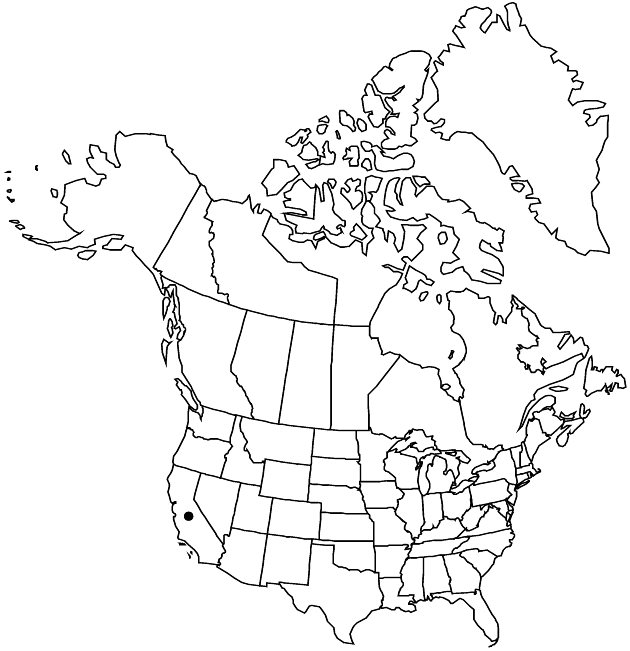Difference between revisions of "Deinandra pallida"
Novon 9: 469. 1999.
FNA>Volume Importer |
imported>Volume Importer |
||
| Line 6: | Line 6: | ||
|place=9: 469. 1999 | |place=9: 469. 1999 | ||
|year=1999 | |year=1999 | ||
| + | }} | ||
| + | |special_status={{Treatment/ID/Special_status | ||
| + | |code=E | ||
| + | |label=Endemic | ||
}} | }} | ||
|basionyms={{Treatment/ID/Basionym | |basionyms={{Treatment/ID/Basionym | ||
| Line 51: | Line 55: | ||
|publication title=Novon | |publication title=Novon | ||
|publication year=1999 | |publication year=1999 | ||
| − | |special status= | + | |special status=Endemic |
| − | |source xml=https:// | + | |source xml=https://bibilujan@bitbucket.org/aafc-mbb/fna-data-curation.git/src/bb6b7e3a7de7d3b7888a1ad48c7fd8f5c722d8d6/coarse_grained_fna_xml/V19-20-21/V21_700.xml |
|tribe=Asteraceae tribe Heliantheae | |tribe=Asteraceae tribe Heliantheae | ||
|subtribe=Asteraceae (tribe Heliantheae) subtribe Madiinae | |subtribe=Asteraceae (tribe Heliantheae) subtribe Madiinae | ||
Revision as of 22:02, 27 May 2020
Annuals, 9–100 cm. Stems ± solid or fistulose. Leaves: proximal blades pinnatifid to toothed, faces ± hirsute and sometimes sparsely stipitate-glandular as well. Heads in crowded to open, corymbiform or paniculiform arrays. Bracts subtending heads sometimes overlapping proximal 0–1/2 of each involucre. Phyllaries ± evenly and minutely stipitate-glandular, including margins and apices, with non-glandular, non-pustule-based hairs as well. Paleae in 1 series. Ray florets (7–)8–12; laminae pale yellow, 6–12 mm. Disc florets 10–21, all or mostly functionally staminate; anthers yellow or brownish. Pappi usually of 4–9 linear or oblong scales 0.8–1.1 mm, or of 1–5 subulate to setiform scales 0.1–0.9 mm, rarely 0. 2n = 18.
Phenology: Flowering Mar–Jul.
Habitat: Grasslands, open woodlands and shrublands, barrens, disturbed sites, sandy, silty, or clayey soils, often ± alkaline
Elevation: 70–900 m
Discussion
Deinandra pallida occurs in the southern San Joaquin Valley and the bordering Inner South Coast Ranges and southern Sierra Nevada foothills.
Selected References
None.
